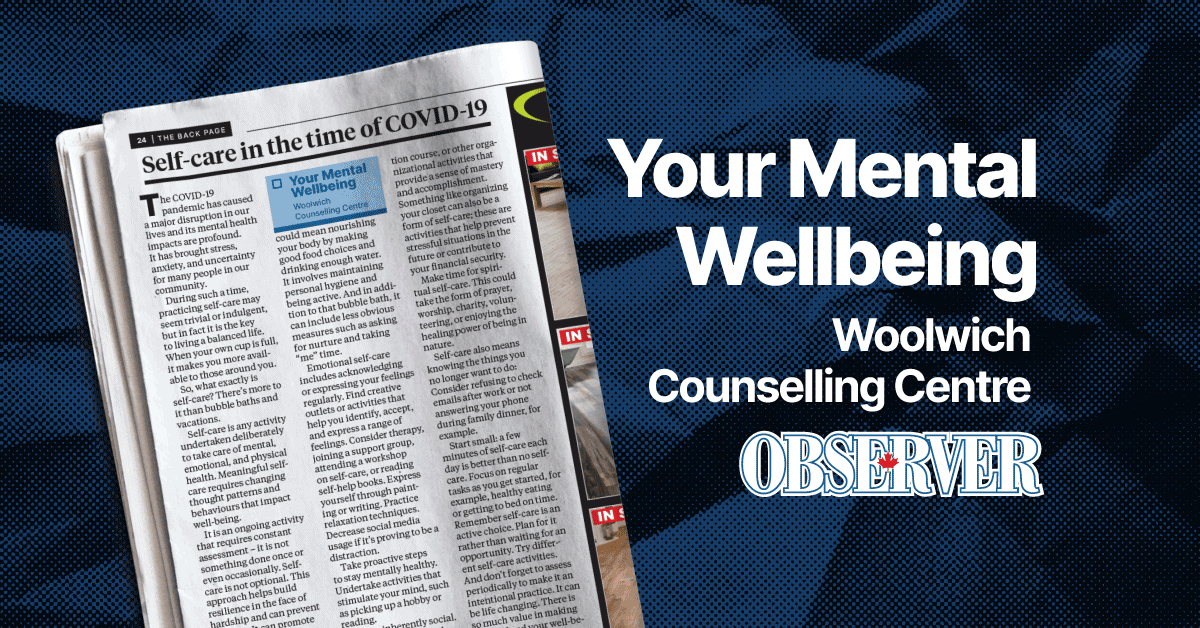;
;
;
Next Article
Knarr, Paul L.

Starting a new school year can be both an exciting and anxious time for students and caregivers. It is normal for both to experience several emotions, questions, and some concerns about heading back to school. Having tools and strategies to address a potentially stressful situation can diffuse anxie
Last updated on May 03, 23
Posted on Sep 22, 22
2 min read
